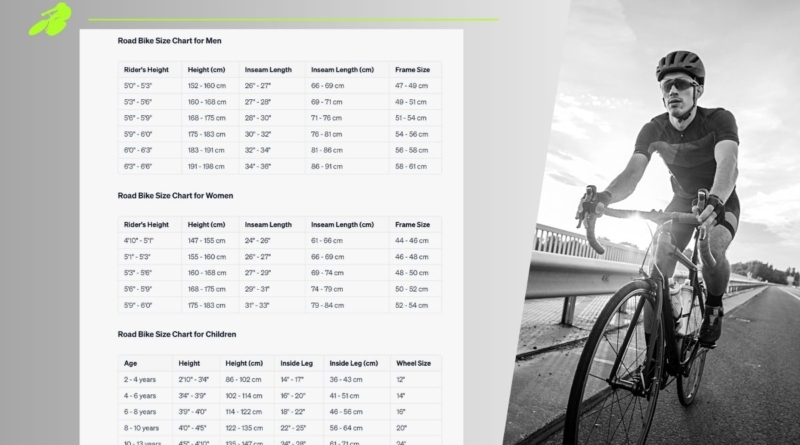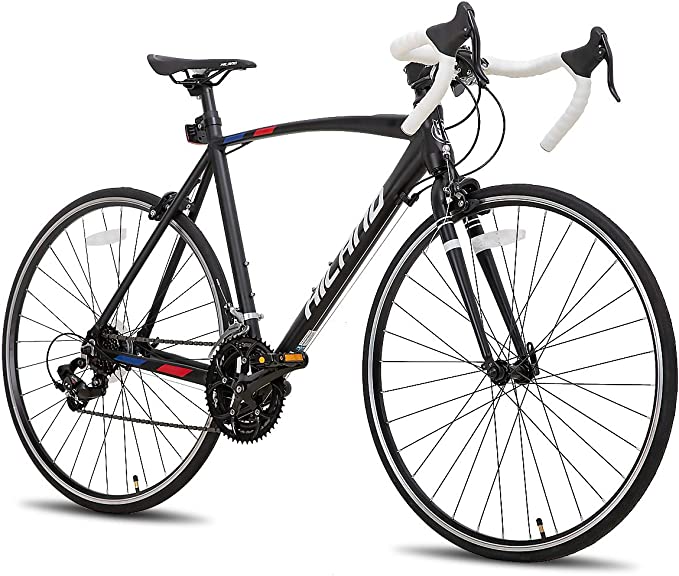Road Bike Size Chart: How to Choose the Right Size
Choosing the right road bike is not just about the color, style, or your favorite brand – it’s also critically about the size. The difference between a perfect ride and an uncomfortable one often comes down to the simple factor of whether your bike fits you correctly. If you’re going to invest in a road bike, then ensuring it’s the right size for you should be a top priority.
In the world of cycling, size does matter, and a misfit between you and your bike can result in discomfort, decreased performance, and even injury. Too large, and you might struggle to control the bike, or find it hard to dismount quickly in an emergency. Too small, and you could end up cramped, uncomfortable, and inefficient.
That’s why we’re here: to help you navigate the complex yet vital world of road bike sizing. This blog post will guide you through everything you need to know to select the perfect size for your new ride, from understanding bike measurements, to interpreting size charts, and even tips on fine-tuning your bike for the best fit. By the end of this guide, you’ll be well-equipped to choose a road bike that not only looks great, but also feels like it was custom-made just for you. So, let’s embark on this journey together to find your perfect fit in the world of road biking.
Understanding Road Bike Sizes
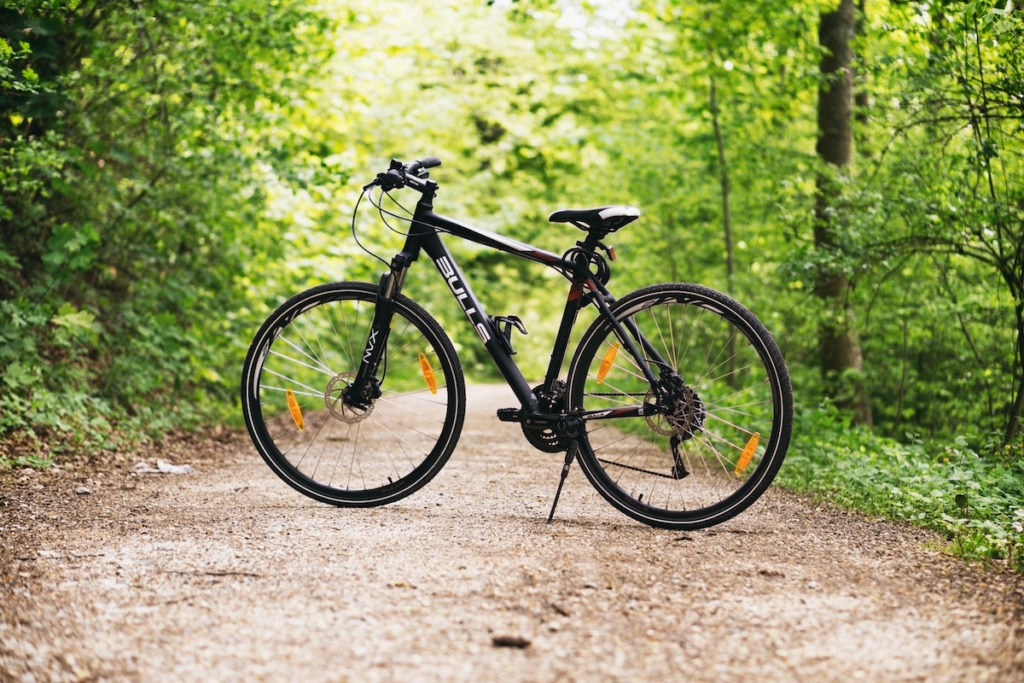
As we dive into the world of road bike sizes, you’ll notice there are several measurements that matter when determining the right size. The three most crucial measurements are the frame size, the standover height, and the top tube length.
The frame size is the distance from the center of the crank (where the pedals attach) to the top of the frame at the seat tube (where the seat post enters the frame). It’s usually measured in centimeters for road bikes.
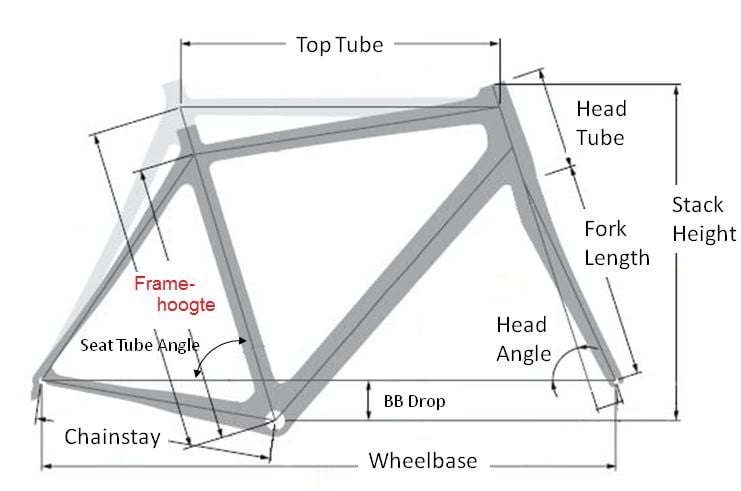
The standover height is the height of the bike’s top tube from the ground. This measurement is essential for your safety and comfort – you should have a few inches of clearance when standing over the bike with your feet flat on the ground.

The top tube length is the horizontal distance from the head tube to the seat tube. This measurement is crucial as it affects the reach to the handlebars and the overall comfort of your ride.
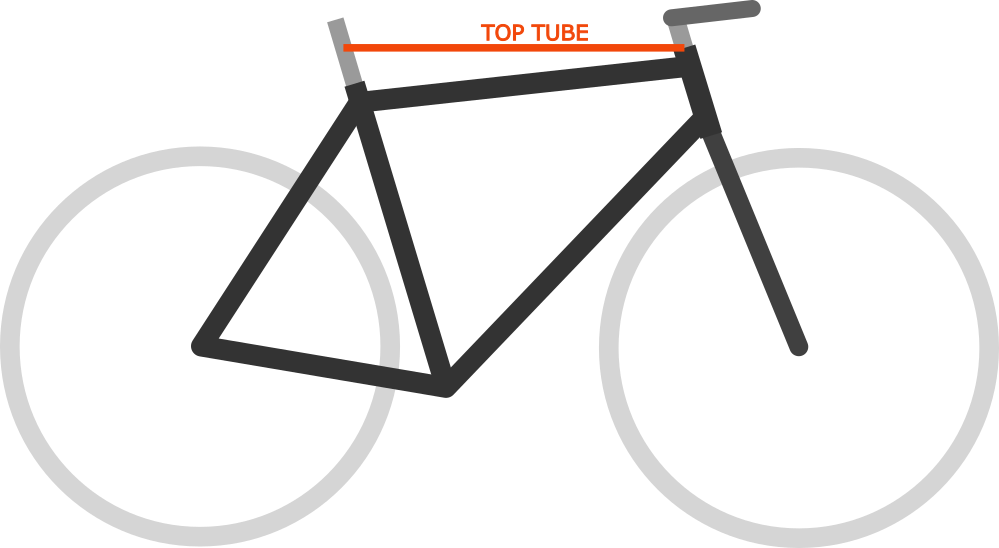
Now, it’s important to understand that there’s a slight difference between men’s and women’s road bike sizes. Women’s bikes typically have a shorter top tube length to accommodate for a generally shorter torso length compared to men’s. They may also come with a wider saddle and narrower handlebars. However, it’s not about gender, but about which geometry gives you the best fit.
Another vital aspect to consider is the variation in road bike sizes across different brands. Each bike manufacturer may size their bikes slightly differently, using either specific measurements (like small, medium, large) or numerical sizing (like 52, 54, 56cm). This is why it’s always important to check the specific sizing chart for each brand.
We know this might sound a bit complicated, but don’t worry. As we proceed, you’ll get a better understanding of these measurements and how to find the size that suits you best. The golden rule to remember is that the right bike should feel comfortable and inspire confidence, regardless of the numbers.
So, now that you know the fundamental measurements and differences in road bike sizes, let’s talk about the factors that will help you determine the perfect bike size for you.
Factors that Determine the Correct Road Bike Size
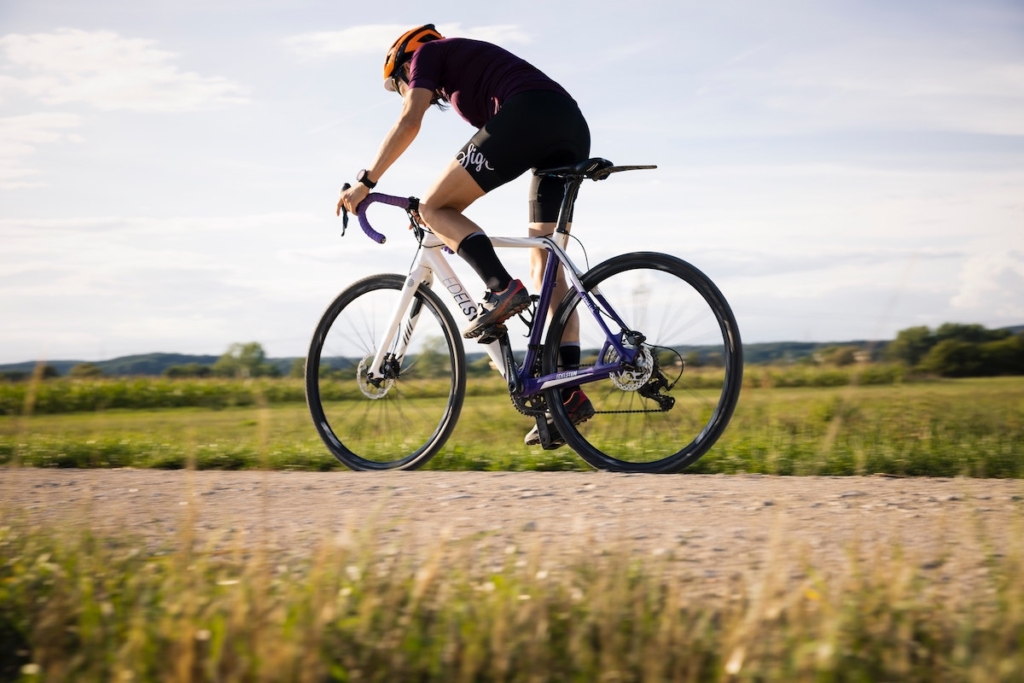
Once you’re familiar with the different measurements that define a bike’s size, it’s time to delve into the factors that make a bike the perfect fit for you. Your height and inseam length, your fitness level and flexibility, the type of riding you plan to do, and your personal comfort and preference all play a pivotal role in choosing the correct road bike size.
Height and Inseam Length
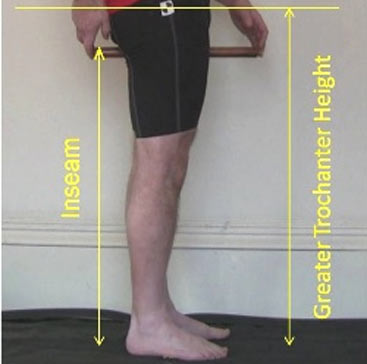
Your overall height and your inseam length (the distance from the floor to your groin) are key to determining the right bike size. These two measurements will guide you in selecting the appropriate frame size and standover height. A bike that fits your height and inseam length well will be easier to control, more efficient to ride, and ultimately more comfortable.
Fitness Level and Flexibility
Your level of fitness and flexibility significantly impact your bike size and the way you fit on your bike. More flexible riders, or those with a higher level of cycling fitness, may be comfortable with a longer reach to the handlebars, which means a longer top tube can be suitable. Conversely, if you’re less flexible or new to road cycling, a bike with a shorter top tube can help maintain a comfortable upright riding position.
Type of Riding
The type of riding you do should influence the size and type of bike you choose. For instance, a racing cyclist may prefer a smaller frame for its lightness and agility, while a commuter might opt for a larger frame for comfort during longer rides. Touring cyclists might favor a size that allows an upright position for better visibility and control. Consider what type of riding you’ll be doing most and choose your bike size accordingly.
Personal Comfort and Preference
Lastly, but certainly not least, your personal comfort and preference should be a major determinant in your choice. Each person is unique, and the bike that feels best to you may not be the one that aligns perfectly with your measurements. Therefore, never underestimate the importance of test-riding bikes to see how they feel.
Now that we have a thorough understanding of the factors determining the correct bike size, we can venture into the practical aspect: the road bike size chart. With this, you’ll have a tool at your disposal to connect the theoretical aspects we discussed with real-world application.
Road Bike Size Chart
Check out the chart below—it’s a handy starting point to help you figure out what size frame you might need for your road bike. But remember, this chart just gives you a rough idea. Everyone’s different, so the perfect fit for you might not be what you’d expect. If you’re not sure, don’t worry! Your local bike shop is a great place to go for extra help. The people there know lots about bikes and can help you find the size that feels best for you.
Road Bike Size Chart for Men
| Rider’s Height | Height (cm) | Inseam Length | Inseam Length (cm) | Frame Size |
|---|---|---|---|---|
| 5’0″ – 5’3″ | 152 – 160 cm | 26″ – 27″ | 66 – 69 cm | 47 – 49 cm |
| 5’3″ – 5’6″ | 160 – 168 cm | 27″ – 28″ | 69 – 71 cm | 49 – 51 cm |
| 5’6″ – 5’9″ | 168 – 175 cm | 28″ – 30″ | 71 – 76 cm | 51 – 54 cm |
| 5’9″ – 6’0″ | 175 – 183 cm | 30″ – 32″ | 76 – 81 cm | 54 – 56 cm |
| 6’0″ – 6’3″ | 183 – 191 cm | 32″ – 34″ | 81 – 86 cm | 56 – 58 cm |
| 6’3″ – 6’6″ | 191 – 198 cm | 34″ – 36″ | 86 – 91 cm | 58 – 61 cm |
Road Bike Size Chart for Women
| Rider’s Height | Height (cm) | Inseam Length | Inseam Length (cm) | Frame Size |
|---|---|---|---|---|
| 4’10” – 5’1″ | 147 – 155 cm | 24″ – 26″ | 61 – 66 cm | 44 – 46 cm |
| 5’1″ – 5’3″ | 155 – 160 cm | 26″ – 27″ | 66 – 69 cm | 46 – 48 cm |
| 5’3″ – 5’6″ | 160 – 168 cm | 27″ – 29″ | 69 – 74 cm | 48 – 50 cm |
| 5’6″ – 5’9″ | 168 – 175 cm | 29″ – 31″ | 74 – 79 cm | 50 – 52 cm |
| 5’9″ – 6’0″ | 175 – 183 cm | 31″ – 33″ | 79 – 84 cm | 52 – 54 cm |
Road Bike Size Chart for Children
| Age | Height | Height (cm) | Inside Leg | Inside Leg (cm) | Wheel Size |
|---|---|---|---|---|---|
| 2 – 4 years | 2’10” – 3’4″ | 86 – 102 cm | 14″ – 17″ | 36 – 43 cm | 12″ |
| 4 – 6 years | 3’4″ – 3’9″ | 102 – 114 cm | 16″ – 20″ | 41 – 51 cm | 14″ |
| 6 – 8 years | 3’9″ – 4’0″ | 114 – 122 cm | 18″ – 22″ | 46 – 56 cm | 16″ |
| 8 – 10 years | 4’0″ – 4’5″ | 122 – 135 cm | 22″ – 25″ | 56 – 64 cm | 20″ |
| 10 – 13 years | 4’5″ – 4’10” | 135 – 147 cm | 24″ – 28″ | 61 – 71 cm | 24″ |
As for the different brands of road bikes, each brand may have their own specific size charts. Always refer to the manufacturer’s guide for the most accurate measurements. Some brands may also offer “Small, Medium, Large” sizes, in which case the company will provide a sizing chart to equate these labels to traditional frame measurements.
The following is our cherry pick best road bikes available for all sizes
How to Measure for a Road Bike
In continuation of our discussion, understanding how to accurately measure yourself is a crucial step in choosing the correct bike size. Having a step-by-step guide to measure your height and inseam, knowing how to use these measurements, and being aware of potential errors can make the process of choosing a bike easier and more accurate.
Measuring Your Height and Inseam
Height: Stand barefoot with your back against a flat wall and your feet together. Make sure your head is looking straight ahead. Place a book or a flat object on your head and mark the spot where the object meets the wall. Measure the distance from the floor to this mark. That’s your height.
Inseam: While still barefoot, stand straight against a wall. Place a book between your legs, with one edge against your crotch area, as if you’re straddling a bike saddle. Mark the height at which the book meets the wall. Measure the distance from the floor to this mark. This is your inseam measurement.
Determining Bike Size
Once you have these measurements, refer to the road bike size chart outlined earlier in this article. For instance, if you’re a man who stands 5’10” tall and has an inseam measurement of 31″, you’d likely fit best on a bike with a frame size of around 54 – 56 cm.
Avoiding Measurement Errors
While the process of measuring is quite straightforward, small errors can lead to uncomfortable riding experiences. Here are a couple of tips to ensure accuracy:
When measuring, make sure you’re on a level surface to avoid skewed measurements.
When taking measurements, it’s best to get someone to help you, as self-measurement can often lead to inaccuracies.
Remember, while these measurements and charts serve as excellent guidelines, there is no substitute for test-riding bikes of different sizes to see which one feels the best for you. In the next section, we’ll go over some common indications of a poorly-fitted bike and adjustments that can be made to improve the fit.
Adjustments for a Better Fit
Finding the right bike size is the first step towards a comfortable ride, but fine-tuning the fit with specific adjustments can truly optimize your biking experience. Adjusting the saddle height and position, along with the handlebar height and reach, can make significant differences in your comfort and performance while riding.
Saddle Height and Position
- Saddle Height: The height of your saddle is crucial to your comfort and efficiency on the bike. A saddle that is too high can cause you to reach for the pedals, leading to discomfort and inefficiency in your pedaling. On the other hand, a saddle that is too low can make your knees bend too much as you pedal, leading to potential knee strain. As a general rule, your leg should be slightly bent at the bottom of each pedal stroke.
- Saddle Position: You should also adjust the saddle’s fore and aft position. Ideally, when the crank arms of your pedals are horizontal, a plumb line dropped from the forward part of your knee should fall directly over the pedal axle. If it falls in front or behind, you may need to adjust your saddle forward or backward.
Handlebar Height and Reach
- Handlebar Height: The height of your handlebars affects your hand, arm, shoulder, and back comfort. Generally, handlebars that are level with the saddle are best for a balance of comfort, aerodynamics, and efficiency. However, having the handlebars slightly higher than the saddle can offer more comfort, while lower handlebars can offer more aerodynamics for racing.
- Handlebar Reach: This is the distance from the saddle to the handlebars. A too-long reach can stretch you out, causing back discomfort, while a too-short reach can make you feel cramped. The correct reach allows you to comfortably use all the positions on the handlebars and to comfortably bend your elbows while riding.
In the final section of this guide, we will look at the importance of testing the bike fit and making additional minor tweaks to reach your perfect bike fit. This not only enhances your comfort but also improves your performance and prevents potential injuries from long-term cycling.
Tips on Testing a Road Bike Fit
Once you’ve followed the size charts and made necessary adjustments to your saddle and handlebar positions, you’re ready to test your bike fit. It’s important to remember that these measurements and adjustments serve as starting points, and a comfortable ride is the ultimate goal. So how should a road bike feel when it’s the right size, and what should you look for during a test ride?
How a Road Bike Should Feel When It’s the Right Size
When you have found the right bike size and adjusted it correctly, you should feel comfortable and efficient. Your body should be in a position that allows you to pedal powerfully and comfortably, with your weight evenly distributed between your saddle and handlebars. You shouldn’t feel stretched out or cramped. Your arms should be slightly bent when holding the handlebars, and your knees should be slightly bent at the bottom of the pedal stroke.
What to Look for During a Test Ride
During your test ride, there are a few key factors to pay attention to:
Comfort: You should feel comfortable on the bike, not only when riding but also when stopping. You should be able to touch the ground with your feet when you’re sitting on the saddle at a stop.
Control: You should be able to easily reach and operate all controls like brakes and shifters without straining or moving your hands off the handlebars.
Pedaling: Pay attention to your pedaling. You should be able to pedal smoothly and efficiently without any discomfort.
Steering: The bike should respond to your steering and balance without feeling twitchy or unstable.
What to Do if a Bike Doesn’t Feel Right
If the bike doesn’t feel right, don’t force it. Try making some small adjustments to the saddle height, saddle position, handlebar height, and reach. Sometimes, even small tweaks can make a big difference.
If it still doesn’t feel right, it could be that the bike frame size isn’t correct for you, or the bike geometry doesn’t suit your body or riding style. In that case, it may be worth trying different sizes or models.
Frequently Asked Questions (FAQs)
The importance of the correct bike size cannot be overstated. As we’ve mentioned earlier, choosing the right size for your road bike plays a pivotal role in not just the level of comfort you experience during your rides, but also the overall efficiency of your cycling. A bike that fits you perfectly allows for optimal power transfer, meaning each pedal stroke propels you further with less wasted effort.
Conversely, riding a bike that is not the right size can lead to a range of issues. If it’s too big, you may find yourself overstretched, causing discomfort in the shoulders, back, and neck due to the straining reach for the handlebars and pedals. If the bike is too small, you may feel cramped, which could potentially cause your knees to hit the handlebars while pedaling. These uncomfortable positions can also lead to injuries over time, such as back pain, knee strain, and repetitive strain injuries, negatively impacting your long-term enjoyment and progress in cycling.
eing in-between bike sizes can be a bit of a challenge, but it’s a situation that many cyclists face. As a rule of thumb, if your measurements fall between two sizes, it’s usually better to go for the smaller size. The reasoning behind this advice is quite simple: it’s generally easier to make a smaller bike “larger” than to make a large bike “smaller.”
With a smaller frame, you can make adjustments like raising the saddle or replacing the stem with a longer one to increase your reach. These changes are relatively easy and inexpensive. On the contrary, if you opt for a larger bike and find it too big, the modifications necessary to make it fit might be more complicated and potentially compromise the bike’s handling characteristics.
Remember, though, it’s crucial to take this advice in the context of your unique body proportions and riding preferences. Some people may find a larger frame more comfortable depending on their body and the type of cycling they are doing.
Yes, there is typically a difference in bike sizes and geometries designed for men and women, reflecting the general differences in body proportions between sexes. Women’s bikes are usually designed with a shorter top tube and taller head tube. This design caters to the average woman’s physique, which generally has a shorter torso and longer legs compared to a man of the same height.
However, it’s essential to note that these are based on averages and won’t apply to everyone. There is a lot of variation in body proportions within each sex. Many women find that “men’s” bikes fit them well, just as some men prefer the fit of “women’s” bikes.
The key takeaway here is not to limit your options based on the gender label on a bike. Always prioritize fit and comfort over anything else. Choose a bike that feels right to you, and don’t be afraid to venture out of the traditional gender categories in your quest for the perfect fit. After all, the best bike for you is the one that feels the best to ride.
Conclusion
Throughout this guide, we’ve explored the importance of finding the right road bike size, detailing the different factors you need to consider and the impact of precise measurements on your overall cycling experience. The comfort and efficiency that come with the correct bike size not only enhance your ride but can also prevent unnecessary strain and injuries.
The road bike size chart and advice provided aim to serve as a comprehensive guide to help you navigate your way to an optimal fit. Remember, these guidelines are the starting point. It’s essential to remember that each cyclist is unique, and what works for one might not work for another. Use the chart as a reference, take precise measurements, and don’t forget to make adjustments based on your comfort and performance.
However, don’t let the science of sizes and measurements overshadow the simple joy of cycling. Finding the right bike is just a means to an end – the end being the freedom, exhilaration, and sheer enjoyment that cycling offers.
So, armed with this knowledge, it’s time for you to take the driver’s seat. Use this information as your roadmap, but be open to adjusting your route as you gain experience. After all, much like cycling itself, finding the perfect fit is a journey, not a destination.
Enjoy the ride!
